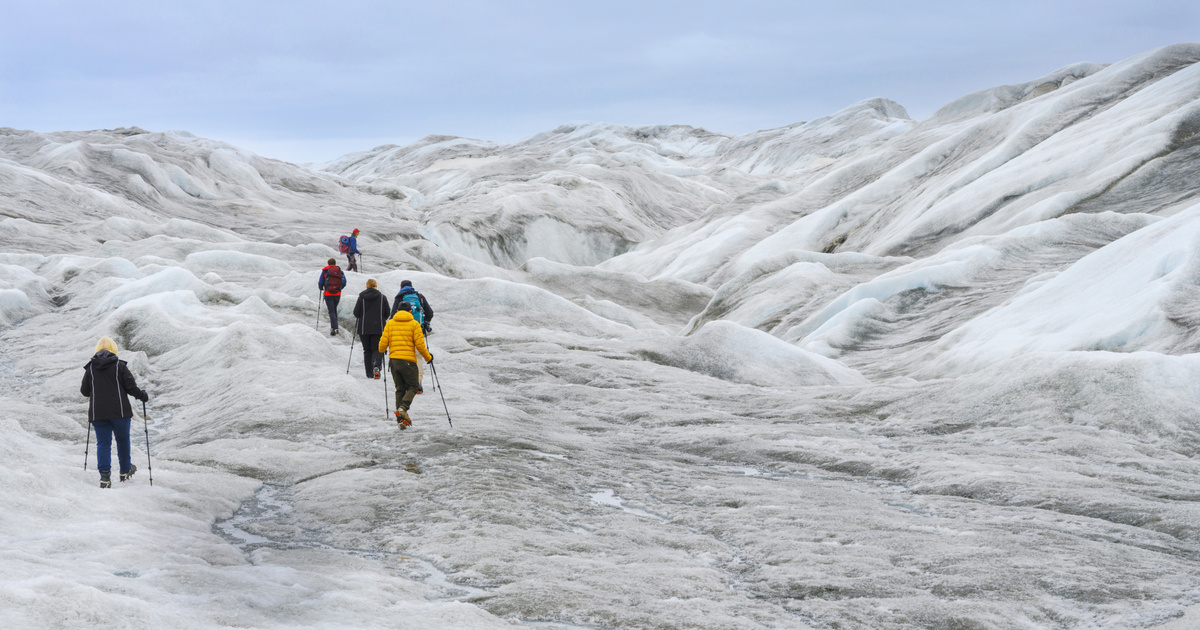the Stady It draws attention to the fact that basic information about ice sheet variability and extreme melting events can be obtained not only by studying the short-term changes that can be observed today, but also by studying the behavior of ice sheets over a longer period. . The research emphasizes the importance of studying interactions between ice, atmosphere, and oceans on a time scale ranging from years to decades to thousands of years.
doctor. The session led by Topal emphasizes a better understanding of atmospheric-driven ice-melting processes. According to Daniel, the microphysics of the warming processes observed on the Greenland and Antarctic ice sheets are not accurately simulated by modern global climate models, and this seriously affects future projections of global sea level rise.
Prediction of future changes in ice mass can be improved by correcting simulated ice-atmosphere interactions, but this task remains very challenging.
The researcher said that noticing this problem is the first step towards reducing the uncertainty associated with expectations. Both the expansion of automated measurement campaigns and targeted evaluation of models are encouraged.
Edward Hanna, the British lead author of the research, added that changes in the Antarctic and Greenland ice sheets due to climate change are crucial to the extent of sea level rise in the future. Ice sheet mass loss is not a simple, uniform response to global warming, but rather extreme short-term melting events (usually a few days) and catastrophic collapse of coastal ice sheets, which can occur relatively quickly and release large amounts of ice into the ocean simultaneously. However, the patterns, processes and effects of ice sheet variability over different timescales ranging from days to thousands of years are not sufficiently known. Ignoring variation on multiple time scales at the same time can lead to distorted forecasts.














































